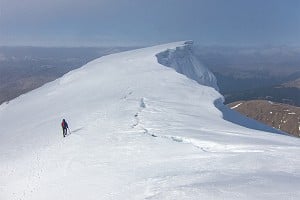
The Sportscotland Avalanche Information Service publishes the daily forecasts of the avalanche, snow, and climbing conditions at five climbing areas of Scotland during the season. The website also offers information and advice regarding avalanches. An archive of all forecasts since 1993 is browse-able and download-able. If you see an avalanche please help the SAIS by 'Reporting an Avalanche' on their website.
How common are avalanches in Scotland?
Avalanches are much more common in Scotland than many people realise. I worked as a mountain guide in the Alps for 20 years but both times I was caught out by avalanches were in Scotland. The British snowpack is one of the most challenging there is. You have to be on your guard constantly because the snowpack can stabilise or destabilise very quickly, largely due to the wind and temperature changes. One party going up an hour after another can have a significantly different experience to the other. An avalanche hazard can develop in an hour.
SAIS observers make a record of the avalanches they see, and walkers, skiers and climbers also report to us when they've seen them. Altogether, we record about 200 avalanches each winter. We've put a new mapping system on the website which gives an indication of where they've taken place recently and historically. We've recorded around 3,000 in Scotland over the last 20 years.
Did being caught in an avalanche change your perspective?
I've been caught in an avalanche twice but not buried. The most important thing I took away from these experiences was a real awareness of the sheer power of an avalanche. It's so heavy and such a force that you are pretty helpless. People think that they will be able to do this or that - swim or roll - but the raw power of an avalanche is startling. My experiences with avalanches have taught me to be more respectful. Not to be driven by goals but to be flexible. When we go out doing reports on avalanches we start with a clean sheet when deciding where to go and what to do. We are very flexible and go somewhere safe. We look for a small area that represents what is happening on a bigger area of the mountain, where we think there is a high avalanche risk.
Are there any areas that commonly avalanche in Scotland?
There are areas in Scotland that are notorious for avalanches, but an avalanche can take place anywhere. People think that an avalanche is something that comes down from above, but in reality they follow humans rather than the other way around. Most avalanches are triggered by the people that got caught in them, or someone in their party. So there are areas which may appear to be a 'hot spot' for avalanches, but generally they're places where many people go - for example the Ben, the Cairngorms and Buachaille Etive Mor.
What advice would you offer to those heading out into the Scottish hills and mountains in winter?
Firstly, read the avalanche report and also speak to other walkers and climbers to find out where the most hazardous slopes are. Secondly: be patient and flexible. It's human nature to stick to the plan despite the evidence and that is how people most often get caught out. Quite remarkably often, actually.
History of the Sportscotland Avalanche Information Service
The Scottish Avalanche Project began in 1988 as an avalanche forecasting service funded by the Scottish Sports Council and operating in two areas, Glencoe and the North Cairngorms. This ran for two winters, with the addition in 1989-90 of Lochaber and a weekend pilot scheme on Lochnagar. After this the Project was permanently adopted by the Scottish Sports Council and became the Scottish Avalanche Information Service.
Later on the reports became available on the Internet. The website was continued and with the addition of South Cairngorms and Creag Meagaidh in winter 1996-97 and the re-naming of the Scottish Sports Council, the operation became the sportscotland Avalanche Information Service. This is the form in which the service continues today. The website has grown to become the main source of dissemination of the Snow and Avalanche Reports, with over 3,000 visits on a busy winter's day.
Traditionally, British walkers and climbers learn skills from friends and family. Would you recommend going on a specific avalanche awareness course?
I think we have a great tradition of clubs and learning from friends in Britain. It's a really good way to learn in that you take on the passion from other people and that's what it's all about. Then, if you feel the need to know more, you can do some specific training. The two ways of learning go hand in hand.
Avalanche awarenesss courses are useful in that they give you a template, a process to work through, which helps you interpret what you see on the ground and choose your route: for example what terrain to avoid, what to use. Learning from a professional can also help give you more confidence by verifying what you already know. Getting information from the right people is useful. But at the same time there are a lot of people out on the hill already doing the right things.
Last winter there were over 420,000 views of the avalanche report over the 5 month season. We ran a survey last winter, too, and one of the questions was 'How often do you go into the hills in winter?' Altogether it amounted to 9,000 hill days. We also have some counters. In one month in 2009 we recorded about 4,000 people going up the north face of the Ben.
How should walkers and climbers use the avalanche report to plan their day?
Well, another question in the survey was 'How do you use the avalanche report?' 90% said that when they read it they use it as a guide but make their own observations. That's ideal. You can't take the avalanche report as gospel. Winter weather is a moving picture - dynamic - things change all the time.
What's the best way to test for avalanche risk?
There is no simple test that will give you all the information you need on whether a slope will avalanche or not, because slopes are so variable in stability. A slope is a matrix of little areas that are stable or unstable. 20m away from where you do a test there could be a weak area underneath. There's constant uncertainty.
Some people think that digging a snow pit will supply all the answers they need. That's dangerous, as they may think 'Right I've done my avalanche test' and not take any notice of the other signs. Digging a pit is only part of an array of options for hazard assessment and doing it on its own can give you a false impression. The main reason for digging is to explore the snowpack for weak layers and to verify what you have already noticed underfoot.
The main thing I would suggest is to look at hazard in a more holistic way. Read the weather forecast and the avalanche report in the days preceding your trip. When you're out, look at where the wind is blowing; where it's picking up and depositing snow. Think about how far you are sinking into the snow. Can you make a snowball? (if you cannot, the snow is dry and therefore weaknesses may persist). It's the compilation of all these little factors that will give you the bigger picture.
What advice would you give to a beginner winter hillwalker?
Someone going into the hills for the first time - I would say, make note of the avalanche report and which slopes are hazardous. Stick to rocks and work through terrain in a safe manner. Use your eyes to make safe judgments. Make sure you are competent with an axe and crampons. It's vital that you have the right clothing.
Would you suggest avoiding slopes 35-37 degrees or steeper?
If you avoided those slopes, you would seriously limit your options. The unfortunate thing is that a lot of our winter activity takes place on 35-37 degree slopes and these are the most common angle of slopes to avalanche. It's an optinum angle - the maximum accumlulation of snow - slightly steeper and it slides off, slightly less steep and its less likely to slide. Bigger avalanches can take place on lower angles, but its the most common angle to slide.
What's your opinion on carrying Avalungs and ABS?
(UKC review of a Black Diamond Avalung Pack here)
They are very good if you are avalanched but the number one rule is to avoid an avalanche. My philosophy is that if you are mindful and make good decisions you will avoid an avalanche, and carrying devices may influence your decision to a certain extent. I'm reluctant to use them as I think they may change how I behave and make me take more chances.
What about transceivers, shovels and probes?
The same is true for transceivers. There is no doubt that if you are involved in an avalanche these are critical and you are much more likely to be saved. Traditionally not many people carry them in the Scottish hills and mountains. It's much more common for skiers to carry them, and again more common in an Alpine environment. Walkers and climbers have a different mindset to skiers. Skiers seek deep snow and walkers and climbers avoid it. Climbers don't like to carry extra weight, and there is no point carrying a transceiver unless you have a shovel and probe, too. But having said that more and more people are carrying them these days.
In your opinion, what safety equipment should always be carried in winter conditons?
The most important thing in winter is a good clothing system. You also need to carry a torch, spare gloves, duvet jacket, spare map, compass, first aid kit, bivy bag and whistle. The other important thing is knowing how to navigate. If you can't navigate you are more likely to make a mistake and wander into somewhere dangerous without being aware of it.
About Mark Diggins
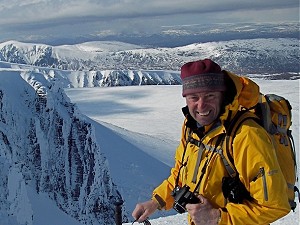
Mark has been qualified as a Mountain Guide for over 25 years, working in mountain and wilderness areas throughout the world and enabling individuals groups and organisations to enjoy and access remote places for work and pleasure.
Mark Diggins offers services in extreme and difficult environments with the following:
- Media Services
- Avalanche Information Services
- Avalanche Training
- Mountain Guiding Activities
Mark's website is: www.markdiggins.com
- Therm-a-Rest Navis Sleeping Bag 7 Jul, 2013
- Scarpa Gea RS Ski Touring Boots 28 Apr, 2013
- Polvere Ski Mountaineering Skis 23 Apr, 2013
- Rab Infinity Down Jacket 7 Apr, 2013
- COMPARISON REVIEW: Mountain Hard Shells 4 Apr, 2013
- The Questionable Ethics Of Down Production 10 Jan, 2013
- WITH VIDEO: NEW TNF Summit Series Meru Range 12 Sep, 2012
- Autumn/Winter 2012 Polartec NeoShell Mountain Clothing 7 Sep, 2012
- The Trust: Ueli Steck and Scarpa Interview 21 Aug, 2012
- Patagonia Ultralight Down Jacket 5 Jul, 2012

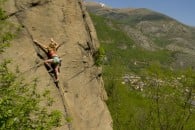



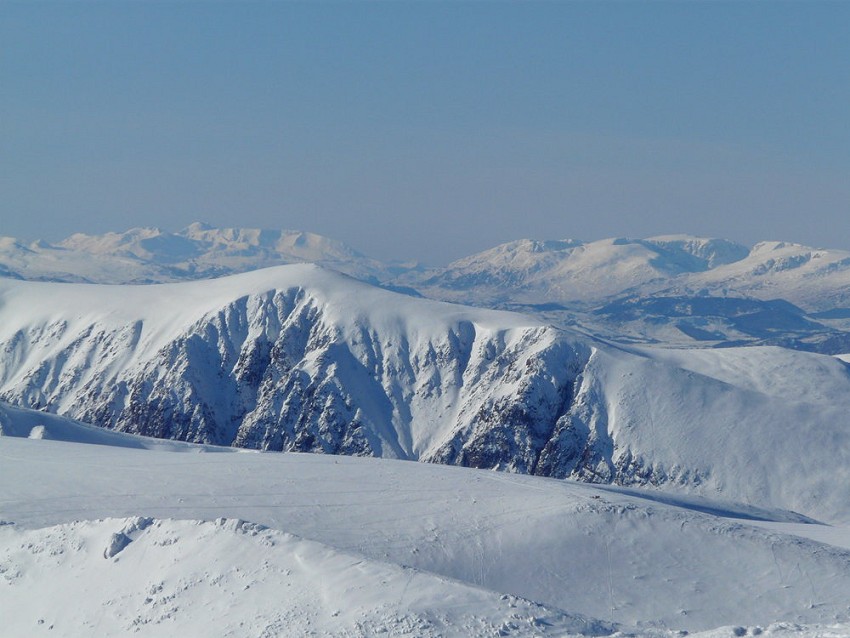
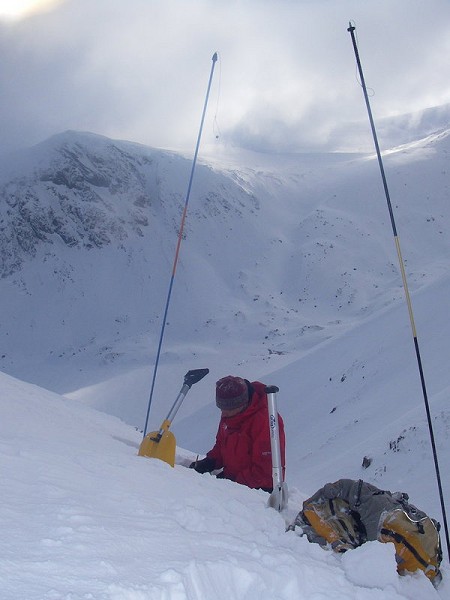
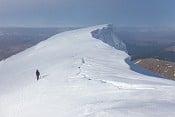

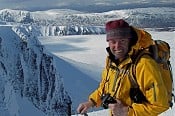
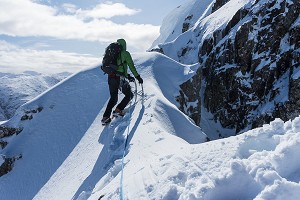
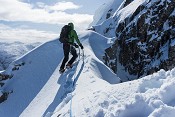








Comments